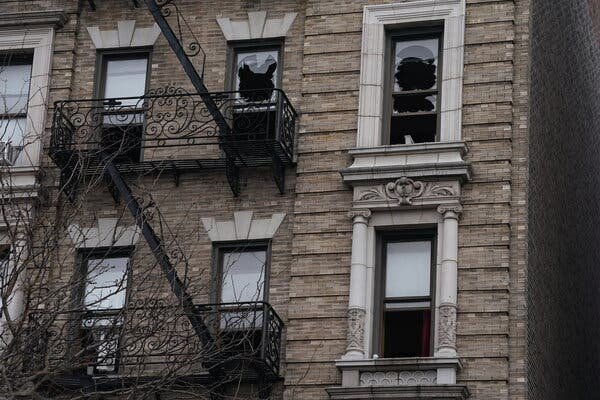A potential class action lawsuit challenges the city’s “sweeps” as violating constitutional rights against unlawful searches and seizures.
In New York City, a team of workers frequently conducts cleanups in outdoor areas where homeless individuals are residing, such as park benches, sidewalks, or abandoned building doorways. Often, these cleanups result in the removal of the individuals’ belongings, which are then disposed of in garbage trucks.
Recently, the Safety Net Project of the Urban Justice Center, along with six homeless individuals, filed a lawsuit against the city in federal court in Manhattan. The lawsuit alleges that these cleanups violate the constitutional rights of homeless individuals by conducting illegal searches and seizures of their property. The plaintiffs are seeking class-action status to represent thousands of homeless people who have been affected by these cleanups.
The lawsuit argues that the city’s cleanup policy, which mandates offering to store confiscated property for up to 90 days and providing owners with a voucher to claim it, is not consistently followed. It claims that the city rarely issues vouchers or returns confiscated possessions, making the policy unlawfully broad.
These cleanups, known as sweeps, are a key component of Mayor Eric Adams’s initiative to address street homelessness in the city. Since taking office in 2022, Mayor Adams has overseen over 10,000 sweeps as part of the city’s efforts to encourage homeless individuals to seek shelter indoors. The increase in cleanups was prompted by concerns about encampments obstructing sidewalks and causing disturbances in the city.
Overall, the lawsuit aims to challenge the city’s cleanup practices and ensure that homeless individuals’ rights are protected during these operations. It sheds light on the ongoing issue of homelessness in New York City and the challenges faced by those living on the streets.
Source: The NY Times









